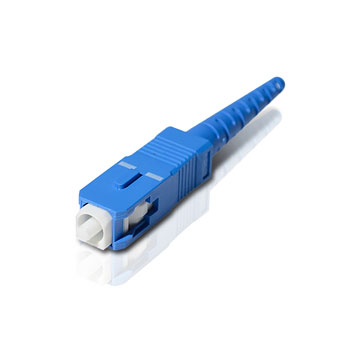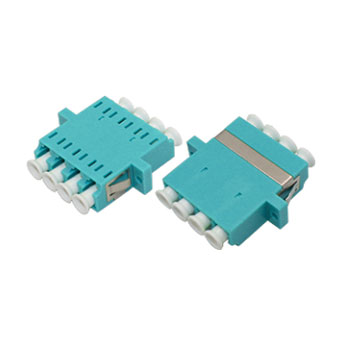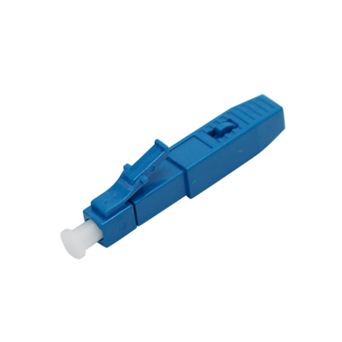Autonomous driving is rapidly becoming a reality, with major car manufacturers investing heavily in the technology. As we move towards a world of self-driving cars, there is a growing need for reliable, high-speed data transmission to enable these vehicles to communicate with their surroundings. This is where fiber optic components come in. In this article, we will explore how optical fibers enable autonomous driving and the role of fiber optic components in this technology.
The Role of Optical Fibers Components in Autonomous Driving
Autonomous vehicles rely on a range of sensors and cameras to perceive their surroundings and make decisions based on that data. This data needs to be transmitted quickly and reliably to the vehicle's on-board computer system to enable real-time decision-making. Optical fibers provide a high-speed, low-latency data transmission solution that is ideal for autonomous driving.
Fiber optic cables consist of a thin glass or plastic strand that carries light signals over long distances. These signals can be transmitted at incredibly high speeds, up to hundreds of gigabits per second. In addition, fiber optic cables are immune to electromagnetic interference, making them more reliable than traditional copper cables. This means that fiber optic cables can transmit data quickly and reliably, even in challenging environments.
The Role of Fiber Optic Components in Autonomous Driving
Fiber optic components are essential to the operation of fiber optic networks. These components include optical transceivers, optical amplifiers, and optical switches, among others. Each of these components plays a crucial role in enabling high-speed data transmission over fiber optic cables.
Optical Transceivers
Optical transceivers are devices that convert electrical signals into optical signals and vice versa. They are used to transmit data between devices over fiber optic cables. In autonomous driving, optical transceivers are used to transmit data between the sensors and cameras on the vehicle and the on-board computer system. This data includes information on the vehicle's speed, location, and surroundings, among other things.
Optical Amplifiers
Optical amplifiers are used to boost the strength of optical signals over long distances. They are essential for ensuring that data is transmitted reliably over fiber optic cables. In autonomous driving, optical amplifiers are used to ensure that data is transmitted reliably between the sensors and cameras on the vehicle and the on-board computer system, even over long distances.
Optical Switches
Optical switches are used to route optical signals to different destinations. They are essential for managing the flow of data in fiber optic networks. In autonomous driving, optical switches are used to route data between the sensors and cameras on the vehicle and the on-board computer system. This allows the on-board computer system to receive the data it needs to make real-time decisions about the vehicle's surroundings.
In conclusion, optical fibers and fiber optic components play a crucial role in enabling autonomous driving. Optical fibers provide a high-speed, low-latency data transmission solution that is ideal for transmitting the large amounts of data generated by autonomous vehicles. Fiber optic components, such as optical transceivers, optical amplifiers, and optical switches, are essential for ensuring that data is transmitted reliably over fiber optic networks. As the technology behind autonomous driving continues to evolve, the role of optical fibers and fiber optic components will become increasingly important in enabling this revolutionary technology.

 EN
EN



